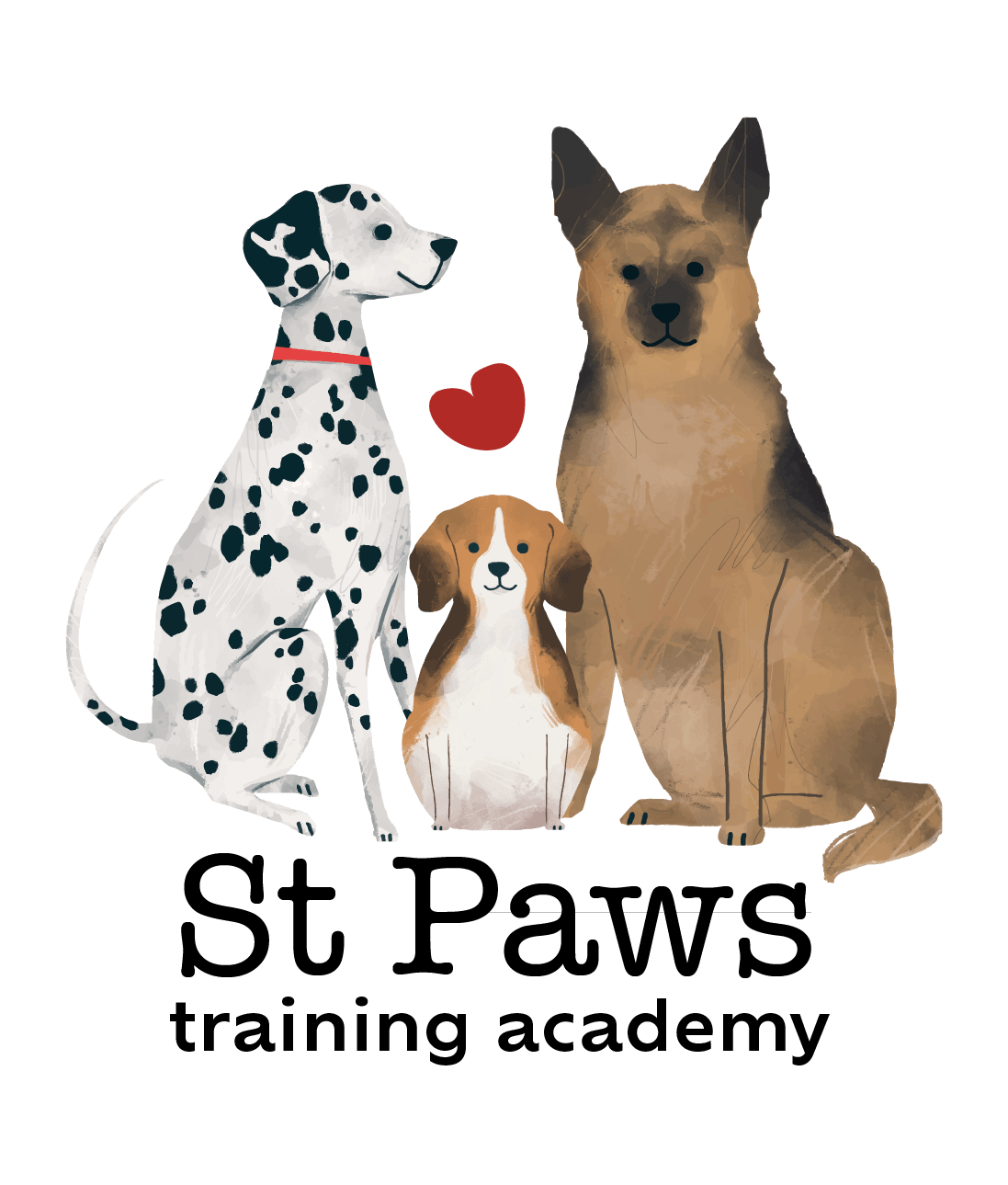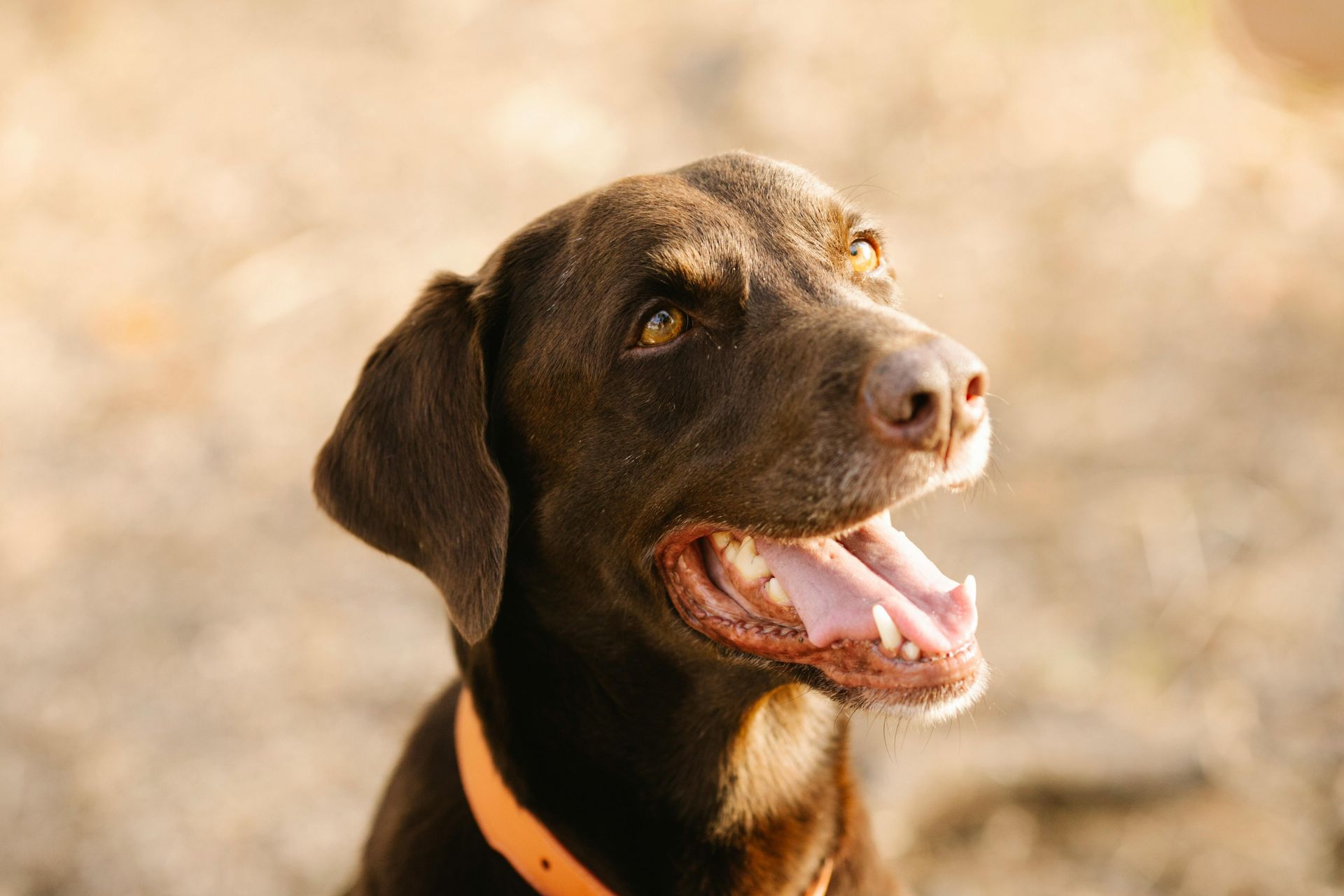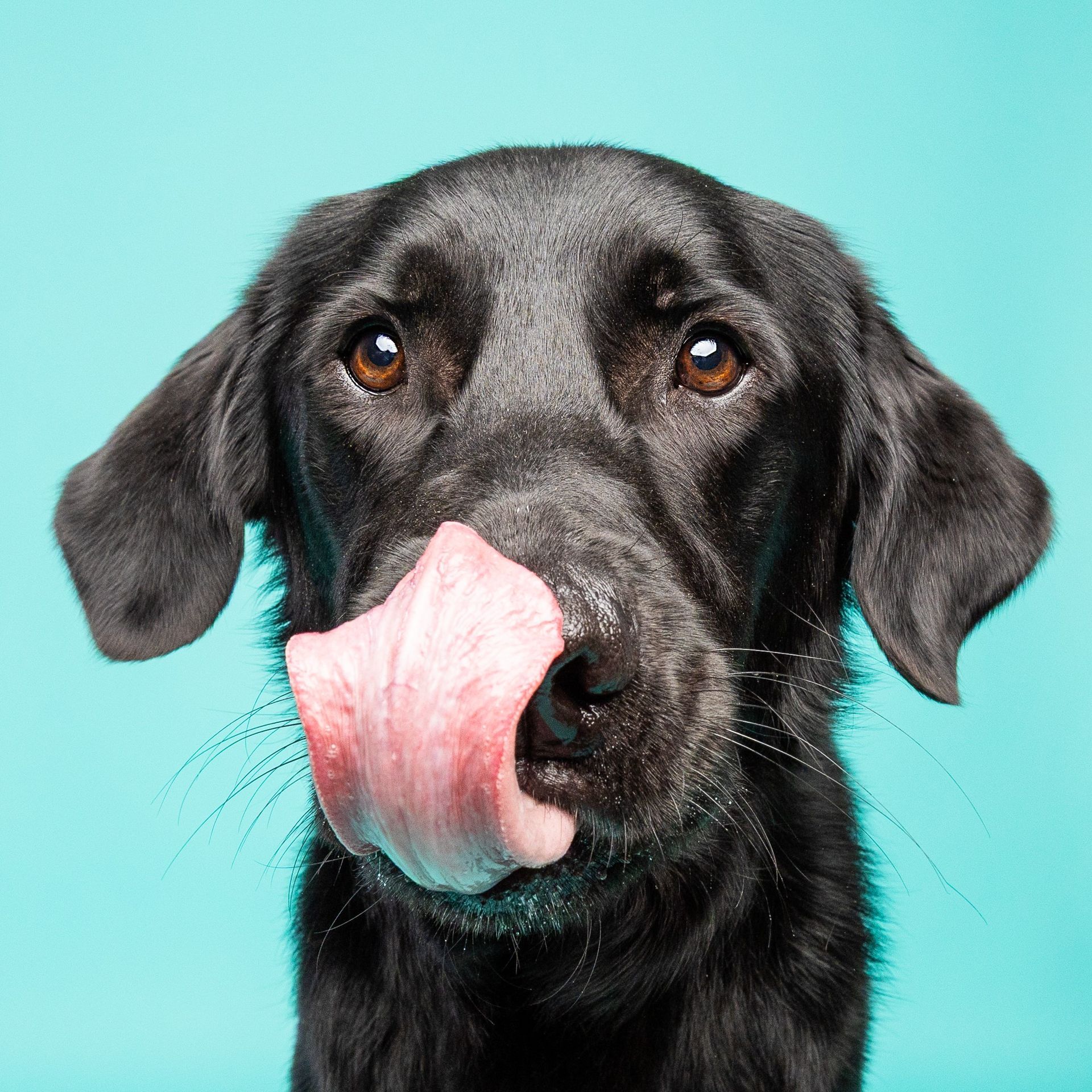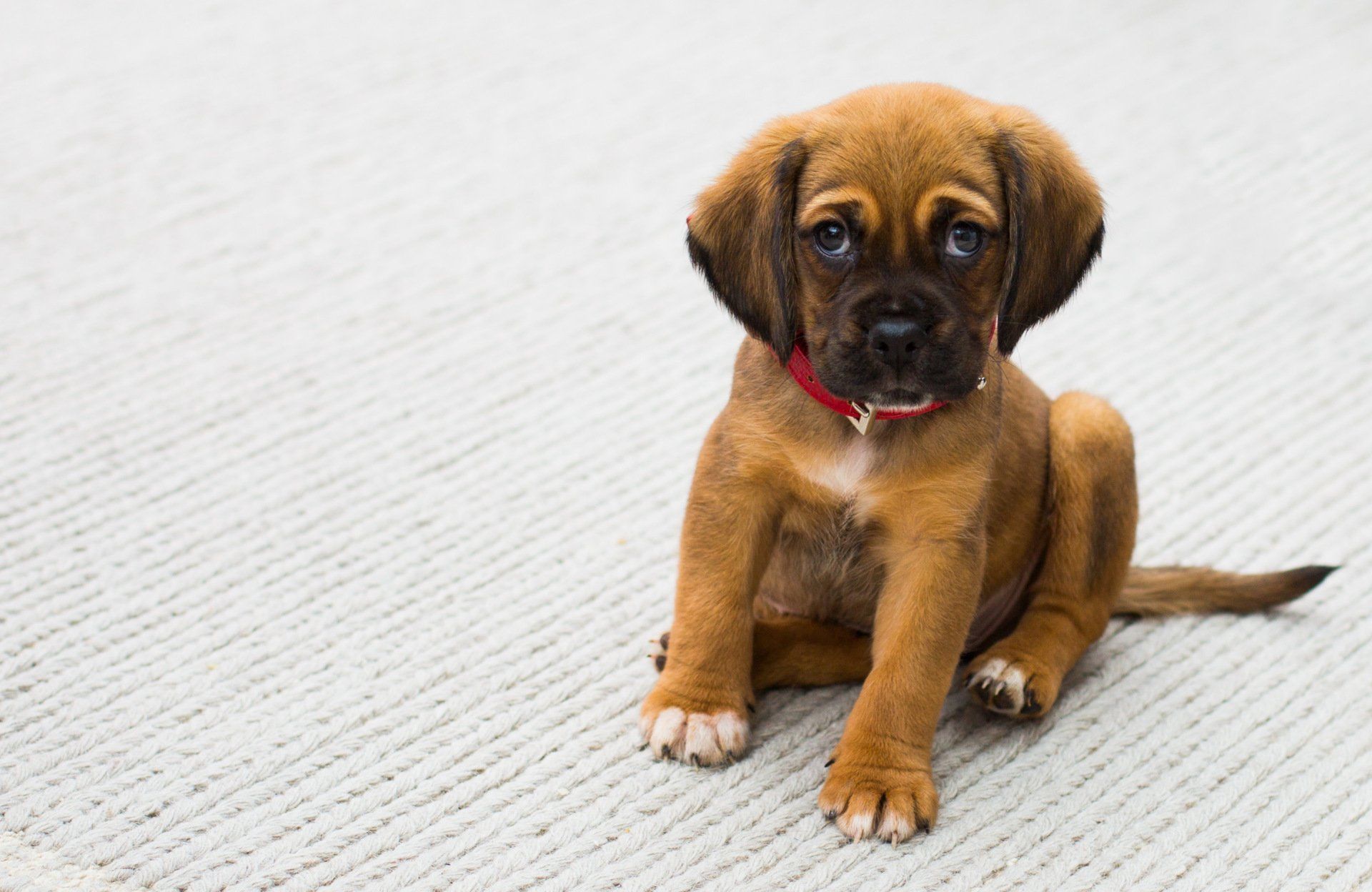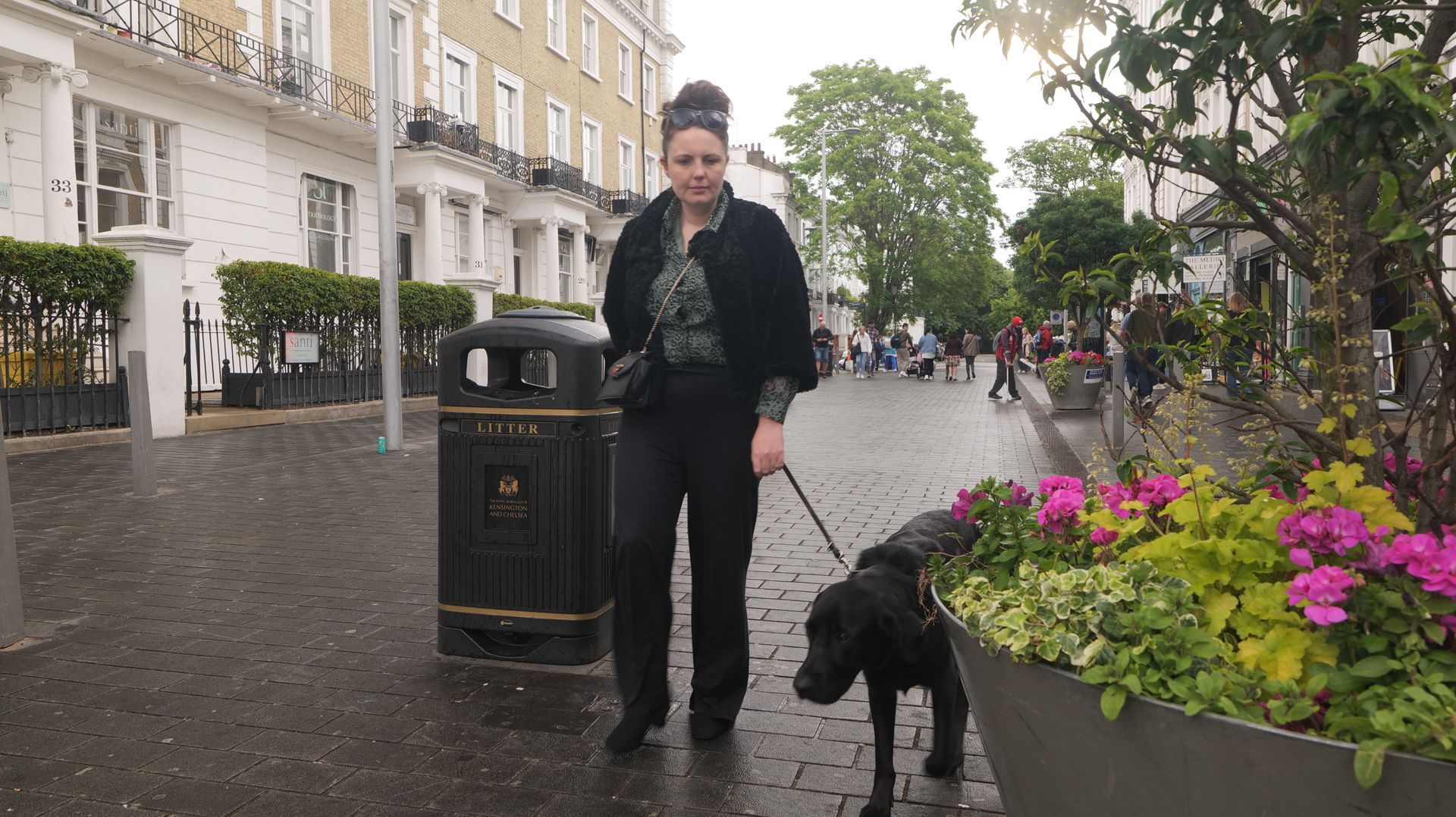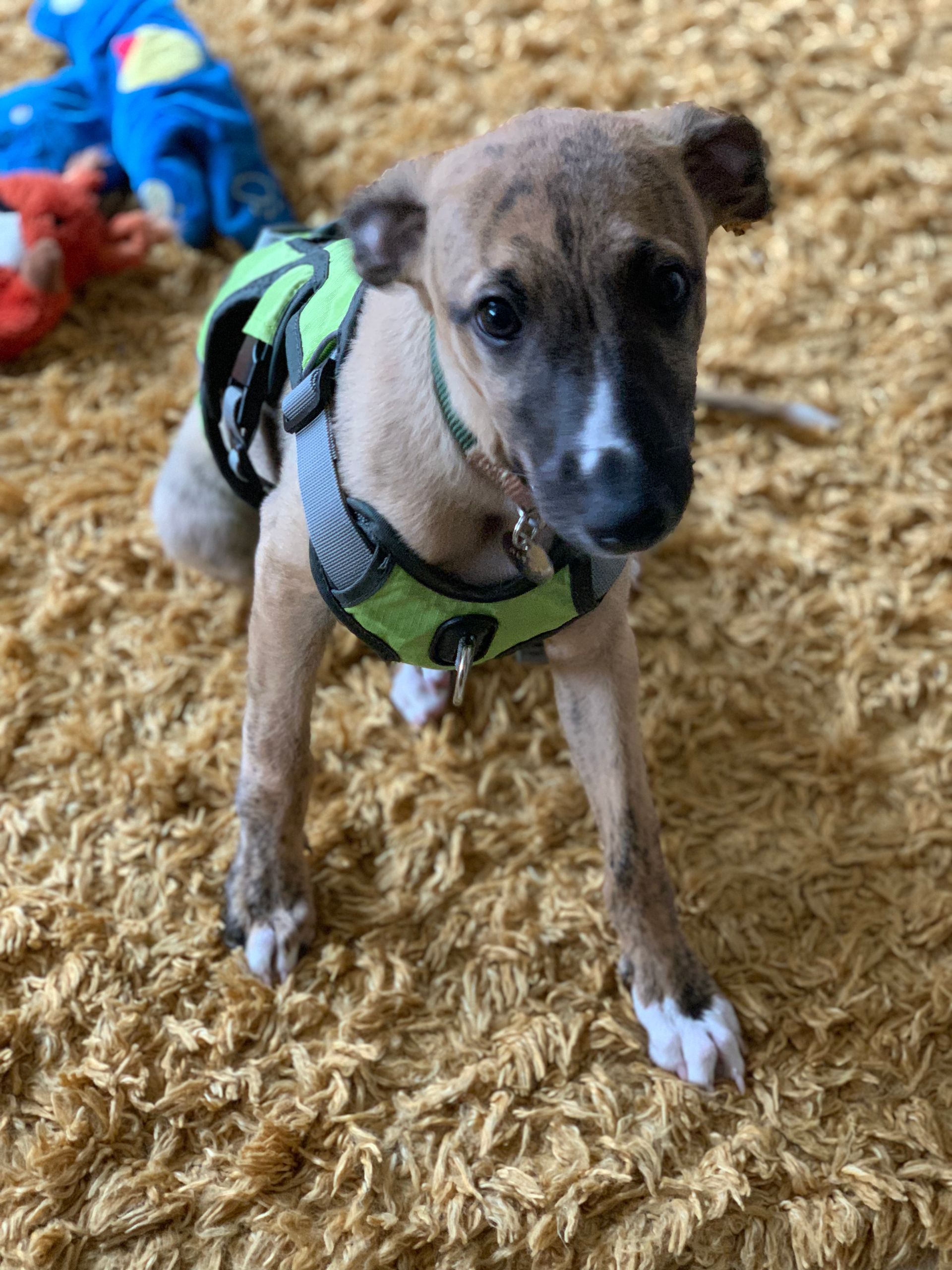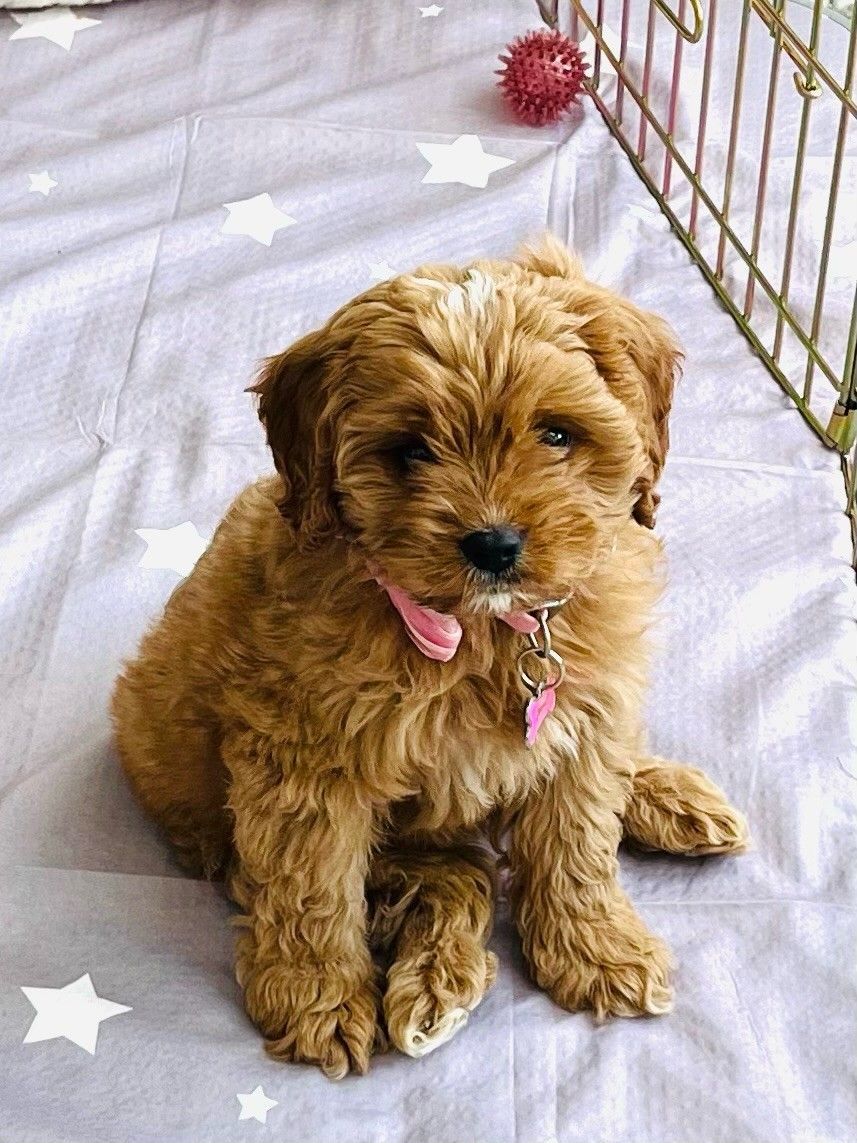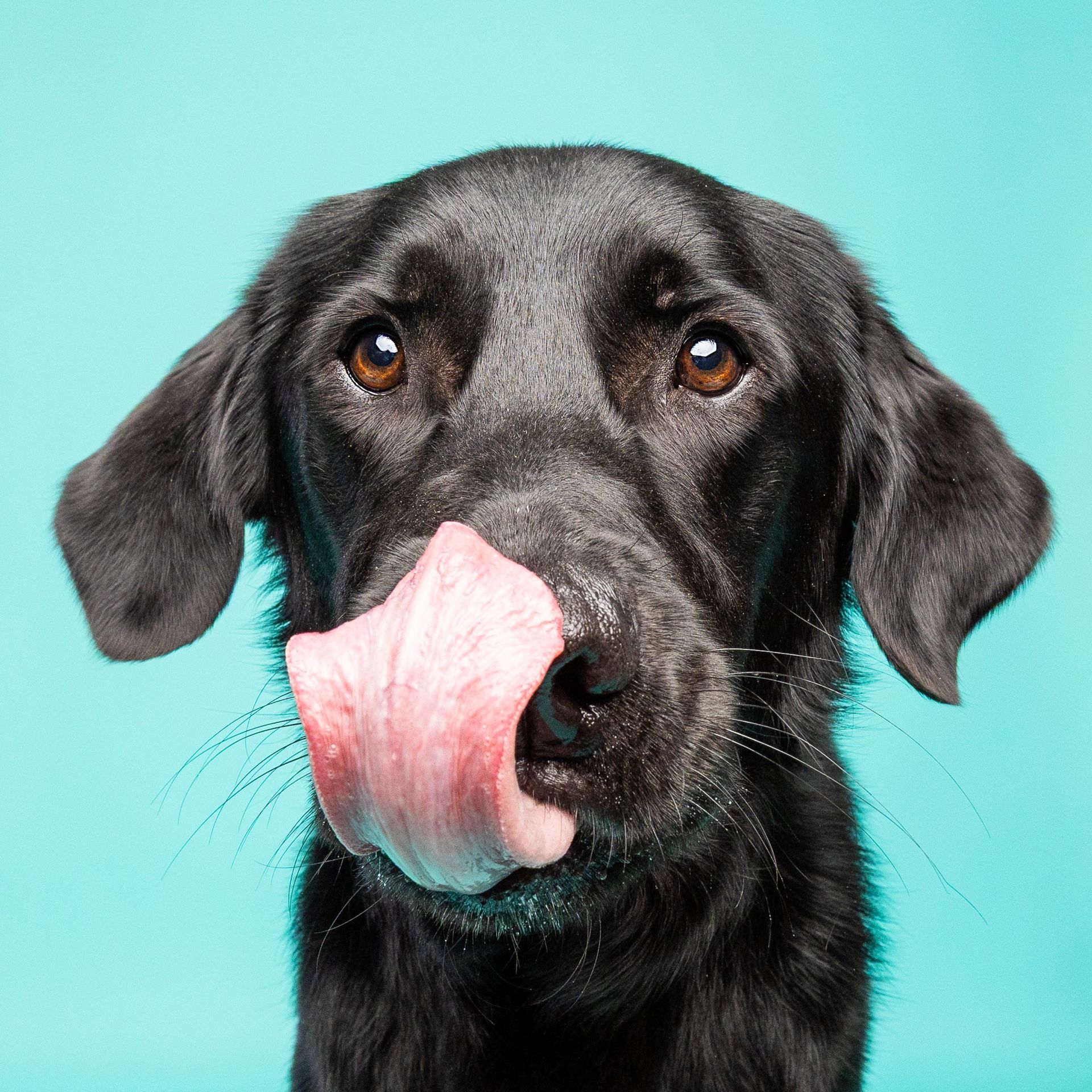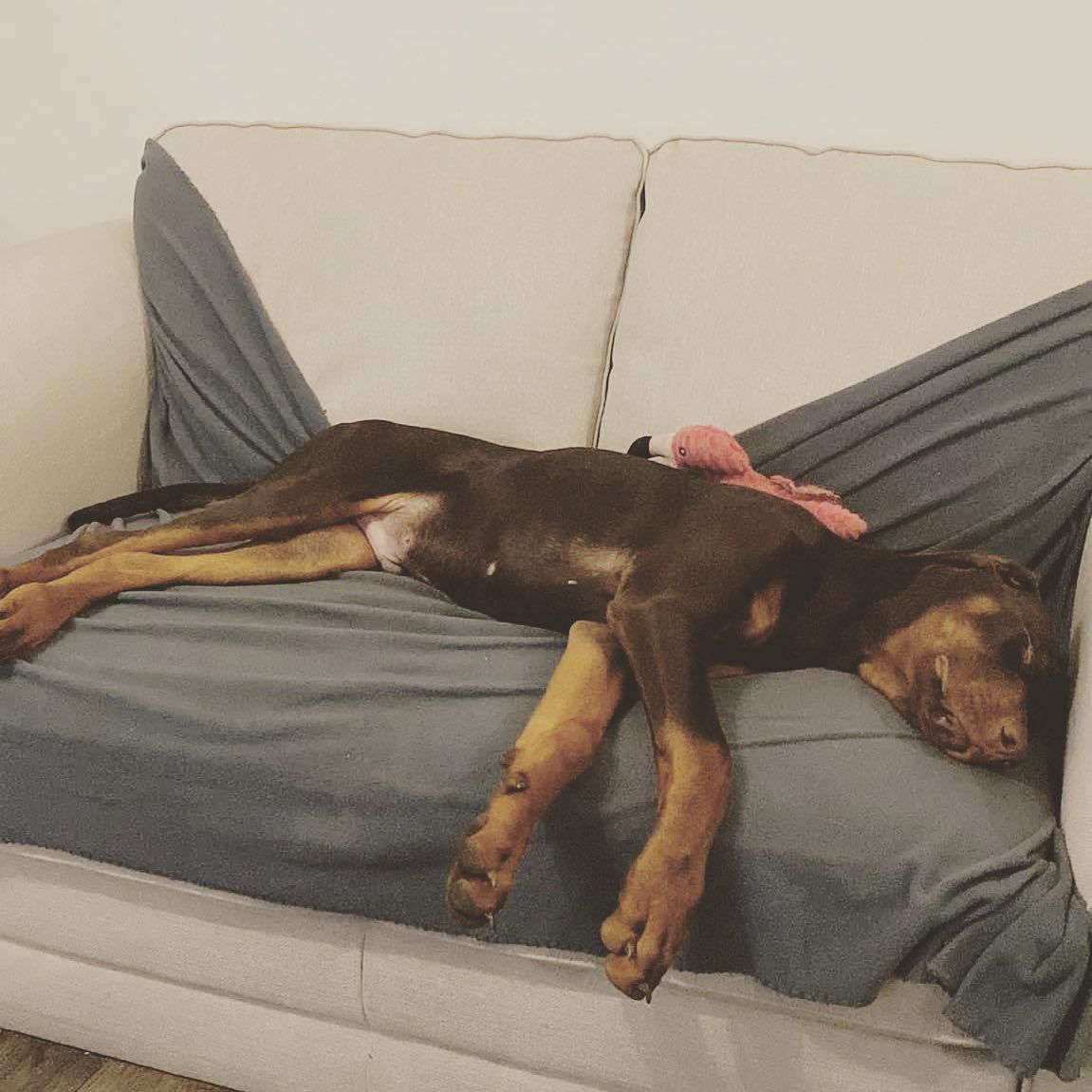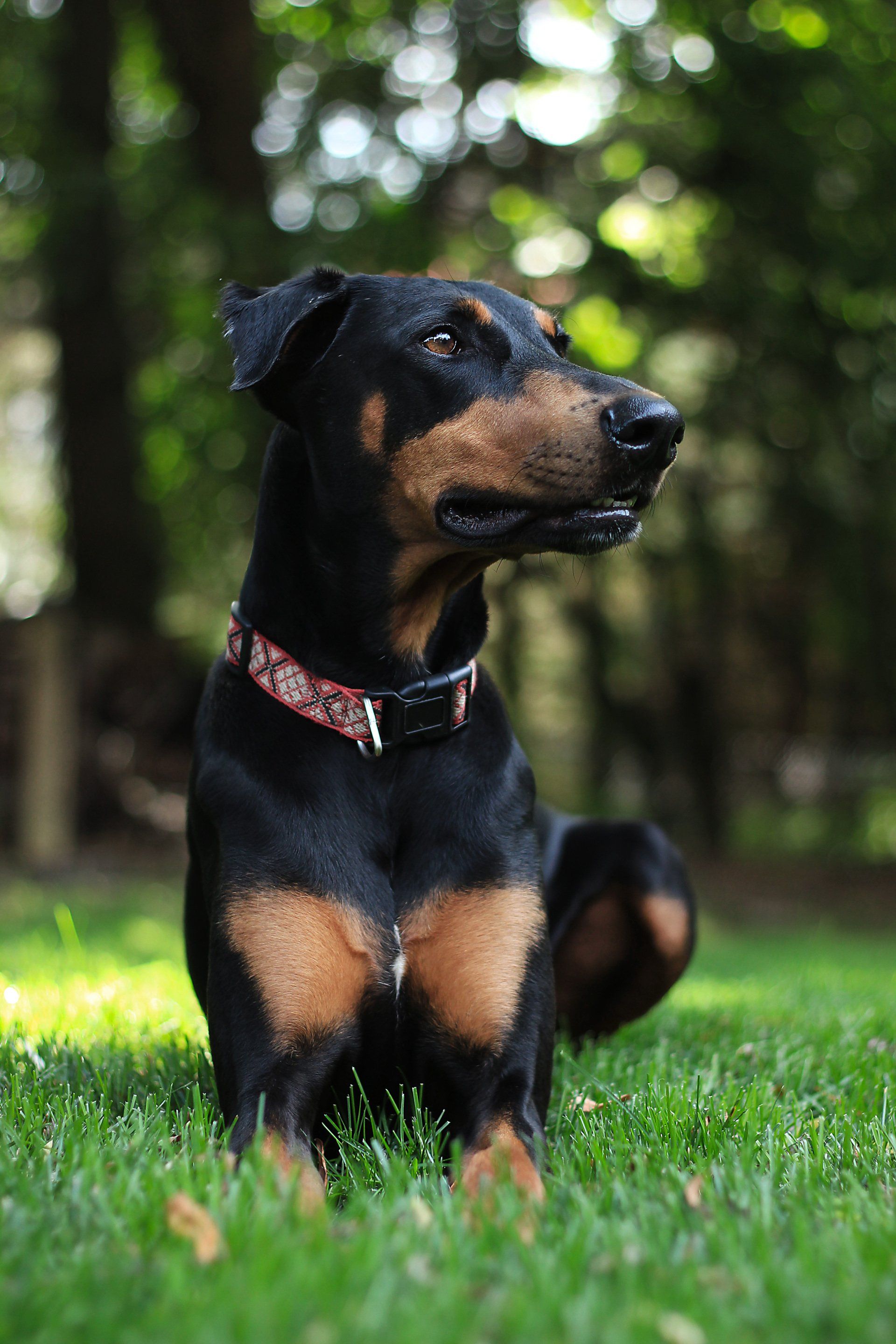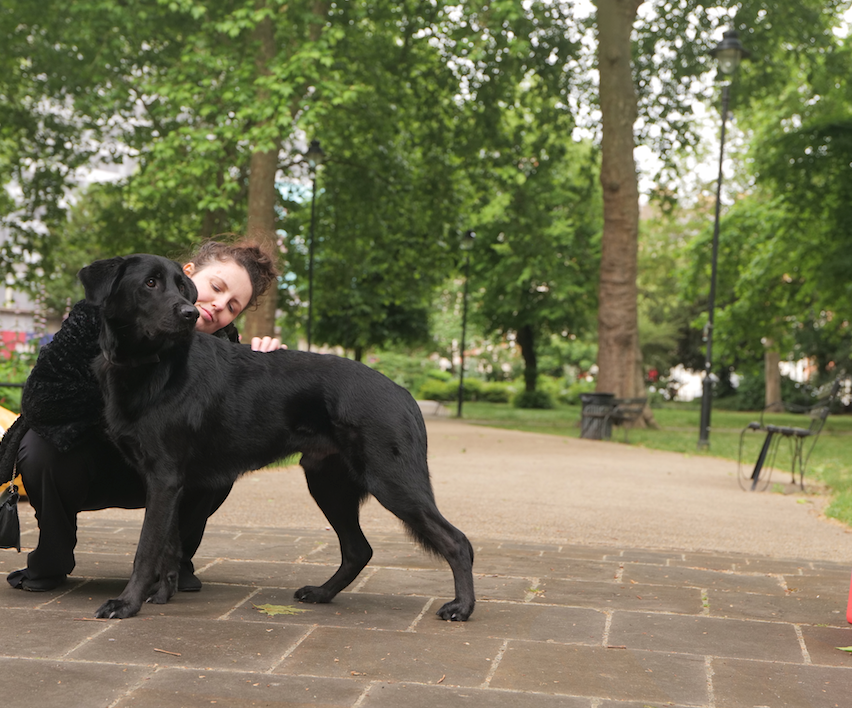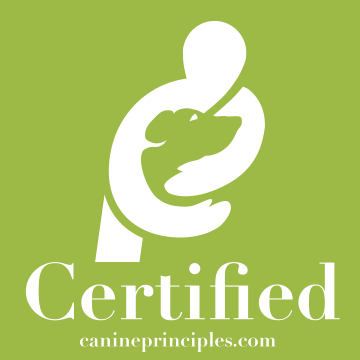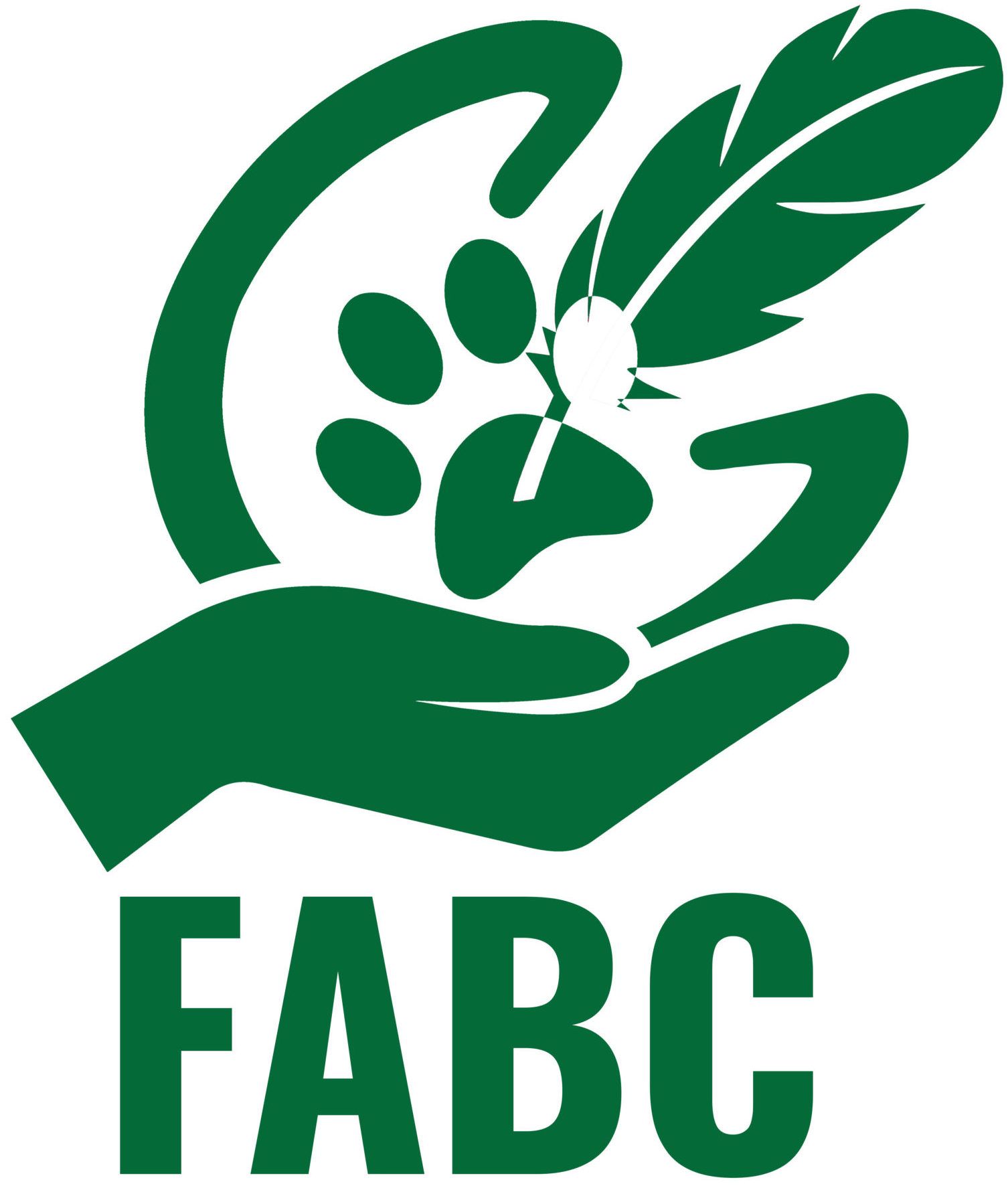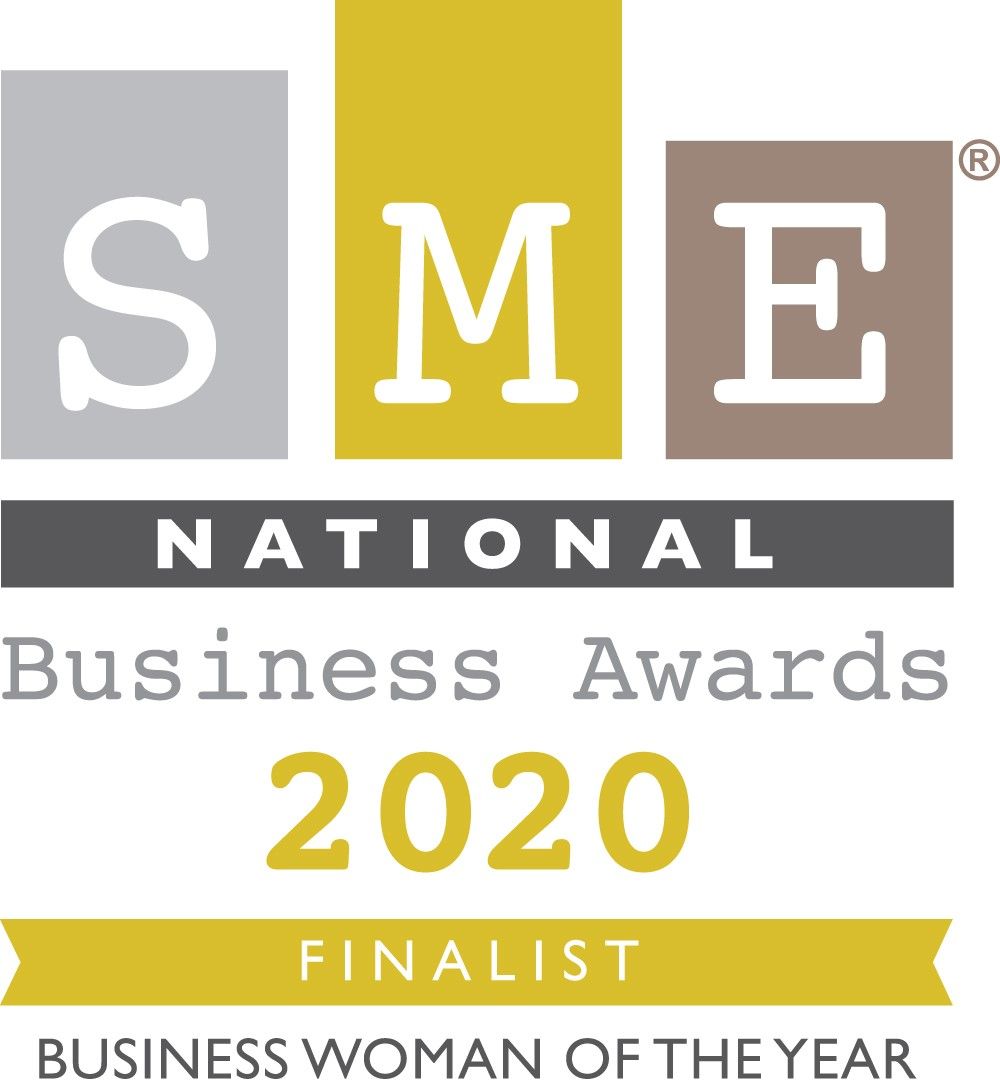4 essential cues to teach your puppy
If you’ve joined a puppy training class or are thinking about joining one you may be thinking about what training tasks are the biggest priority.. you want to focus on those that will benefit yours and your dogs life the most (of course tricks are ace, but life skills are the most important!). There are some classes that are purely socialisation where training tasks are not taught but I will cover that in a different blog.

Come
A reliable recall can save lives. Dogs are simple creatures who love chasing squirrels, chasing and sniffing. Having control and knowing your dog will come back when you call them will make walks enjoyable and mean they are getting the ample exercise they need. Even If your dog is super friendly and greets other dogs, not every dog wants this and training them to come back to you is key. Some dogs on lead may be recovering from an operation, had a bad experience with another dog, be in pain, or in season. It can be socially embarrassing standing in the rain when your dog is off lead and not coming back to you.
Here’s how you teach it. Say the word “come” and immediately give your dog a treat. Repeat this many times. Then throw a treat out and let them go and eat it. Test it out by saying the word come and give them a treat when they do. You’ll need to practice this in different situations and use a long lead when there are huge distractions so they can practice getting things right.
Drop
Drop is different to leave it as drop physically means ‘drop what’s out your mouth’ whereas leave it is don’t touch that! Drop can help prevent possessiveness over items. In dog law possession is nine tenths of the law and if we are consistently taking things away from them , they can start to move away or growl when our hands go near them as they can become scared that we will take something away. Even if your pup is comfortable with you going into their mouth it doesn’t mean they like it. I do recommend getting your dog used to being touched around their mouth and lips as the vet will need to check their teeth, and you their gums. I’ll talk about that in a different post.
Hide the treats behind your hand and stand near the dog. First of all, simply say “drop” and drop some treats on the floor. The dog doesn’t have to have anything in their mouth. Point out the treats so the dog becomes used to having your hand near the item of value (providing they aren’t possessive around items). Stay near the dog while they’re eating. Always say the word “drop” before dropping the food. Try in different environments and vary the positions by doing it standing up and sitting down and try it in different situations that you could be in and when you may like to request a drop from your dog –opening the door, carrying boxes, etc.
To test out drop say “drop”- then you may find that as soon as you say the word drop your dog will look at the floor for the treats – then you can move on to the next stage. Add in an item that’s not too appealing to the dog and one they wouldn’t necessarily chew or mouth. Then you start practicing drop again. You then add in a higher-value toy to increase the difficulty as you go on – squeaky rubber toys will be very enticing! When the dog has the item in their mouth, you say “drop” and drop the food a second after saying the word drop. You can let the dog have the toy back to play with it. Once your dog has mastered it then you can do it in different environments. Bear in mind this will need to be practiced with different items and sometimes ringing the doorbell, not leaving certain things around that you don’t want your dog to have and making a noise to get their attention can be valuable while you’re still working on it.
Leave it
Puppies explore the world with their mouths just like children explore the world with their hands. People unfortunately leave a lot of rubbish around the park and puppies can start exploring it and picking it up. Leave it can be so valuable and it’s one of the first things we teach in class! Being able to leave food that’s on the table (a dangerous piece of chocolate at Christmas) or a nasty chicken bone in the grass can save their life.
Hold a piece of food in your hand. Close your hand and present to your dog.Your dog may try nibbling or pawing at the treat but don’t give it to them until they
move their nose or head away. When they make any movement to move away from your hand with the food in ,use your marker word (ie "good dog" or "yes" or use your clicker) and give them the food. Repeat this a couple of times until your dog regularly chooses to move away from the food. Provide them with a reward from your other hand.
Add a cue word such as 'leave it' while they’re moving their head away. This will create a link between the cue words 'leave it' and the action of leaving it. Repeat this a number of times. Once your dog is leaving the food regularly ask them to 'leave it' as soon as you show them your hand. Reward them if they do.
Next steps!
Put the food on the palm of your hand and open your hand so that they can see it.
Place a food reward in your other hand and hold it behind your back out of reach.
Show your dog the food in your hand and ask them to 'leave it.' Your dog can see the treat now so it may be harder for them!.. ooh the temptation! If your dog does leave the food then provide them with the food reward that you are holding in your other hand.
Settle
A reliable settle cue can be wonderful if you’re having a pub lunch or taking your dog to a café. Having a designated mat that they sit and settle on every time it’s settle time will help build up a positive association with it. Give them a tasty chew to enjoy.
Happy training.. a training pouch can be very handy.
If you want to teach your pup even more skills why not book onto puppy class?
